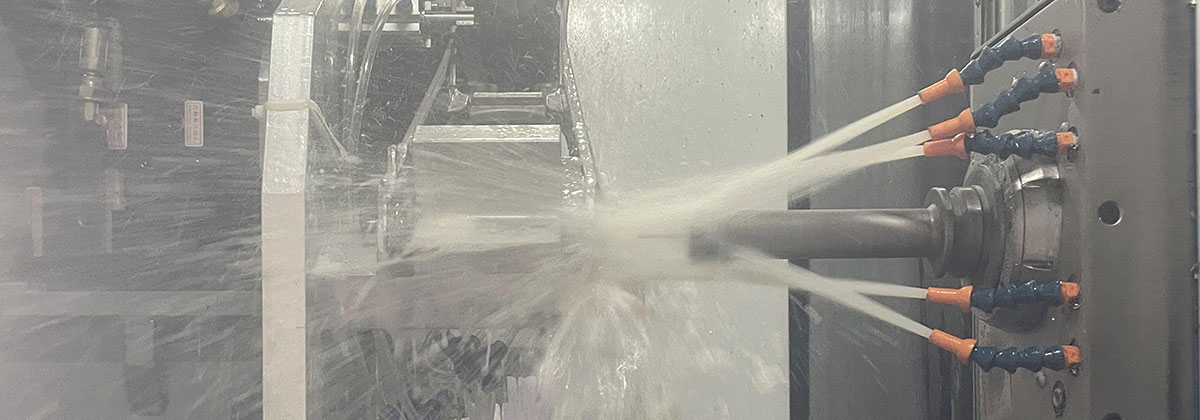Die casting is a widely used manufacturing process for producing metal parts with intricate shapes and high precision. It involves melting the metal and injecting it into a steel mold called a die. Die casting offers several advantages, including excellent dimensional accuracy, smooth surface finish, and the ability to produce complex geometries. However, to achieve optimal quality and efficiency in die casting, several design guidelines need to be followed. In this article, we will discuss these guidelines and their importance in the die-casting process.
Wall Thickness: One crucial consideration in die-casting design is maintaining uniform wall thickness. Uneven wall thickness can result in defects such as porosity, shrinkage, and warping. It is recommended to keep the wall thickness between 2 to 3 mm for small parts and up to 10 mm for larger ones. Proper wall thickness ensures consistent heat distribution during solidification and helps in achieving defect-free casting.
Fillet Radius: Adding fillet radii to sharp corners is essential to prevent stress concentration. Sharp corners can lead to cracks or weak points in the casting. As a rule of thumb, a fillet radius equal to at least twice the wall thickness should be used. This helps in reducing stress concentration and ensures the structural integrity of the casting.
Ribs and Bosses: Ribs are used to enhance the stiffness of the part, while bosses act as attachment points for screws or other components. It is important to design ribs and bosses with proper dimensions to avoid defects like sink marks and voids. The recommended thickness for ribs is 60-70% of the adjacent wall thickness, while bosses should be designed with a ratio of 1:1 for the hole diameter to the boss height.

Draft Angle: Draft angle refers to the taper given to the vertical walls of the die to facilitate the easy ejection of the casting. It is crucial to include draft angles in the design to prevent sticking, scratching, or damaging the part during ejection. A minimum draft angle of 1° to 3° is typically sufficient, while complex geometries may require higher draft angles.
Gating and Venting: Proper gating and venting are vital in die-casting design to ensure sound castings. Gating refers to the location and design of the channels through which the molten metal flows into the die cavity. It is essential to have a uniform flow of metal to fill the cavity. Venting, on the other hand, allows the escape of air and gases from the cavity during metal injection. Insufficient venting can lead to trapped gases, resulting in porosity in the casting.

Undercuts and Cores: Undercuts are features that prevent the ejection of the casting from the die. They can complicate the die design and increase the cost of production. It is recommended to minimize undercuts or design them with special mechanisms for easy ejection. Cores are used to create internal cavities or features in the casting. They should be designed with proper draft angles and supported adequately to avoid shifting during the injection process.
Material Selection: The choice of material is crucial for die-casting design. Factors such as mechanical properties, melting temperature, and fluidity of the metal need to be considered. Aluminum, zinc, and magnesium alloys are commonly used in die-casting due to their excellent castability and mechanical properties. The material selection should be based on the desired characteristics of the final part.
By following these die casting design guidelines, manufacturers can optimize the quality and efficiency of the die-casting process. Proper design considerations help in reducing defects, improving dimensional accuracy, and ensuring the structural integrity of the castings. Additionally, optimizing the design can result in cost savings by minimizing scrap and improving production cycle times. Die casting offers immense potential for producing high-quality metal parts, and adherence to these guidelines is essential for unlocking its full benefits.
-

- Magnesium alloy die-casting electric vehicle mid-mounted motor housing
-

- Deli za livarno magnezija Volanski drog
-

- Thixomolding kovinske zavore iz mangenzijeve zlitine pod pritiskom
-

- Kolesa za otroke Otroška kolesa za 3-16 let Otrok / OEM Otroško kolo Otroška gorska kolesa 2022
-

- Prilagojeni deli in komponente za tlačno litje
-

- Thixomolding deli iz magnezijeve zlitine za ohišje stroja za sesanje kisika

 0086-750-5616188
0086-750-5616188 +86 13392089688
+86 13392089688 sales@zhongmei-tech.com
sales@zhongmei-tech.com







